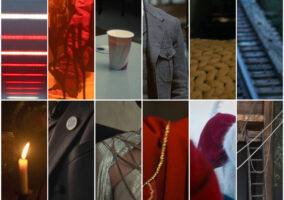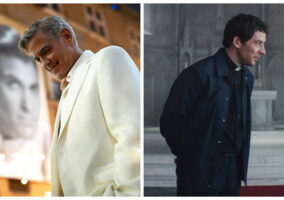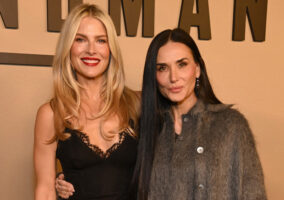
It’s the Lip Sync Lalaparuza episode, bitches! The world may be on fire outside, but at least these queens know how to turn it the hell out in order to distract us all. Come with us on a journey, as we recap the easiest episode of any Drag Race season to recap.
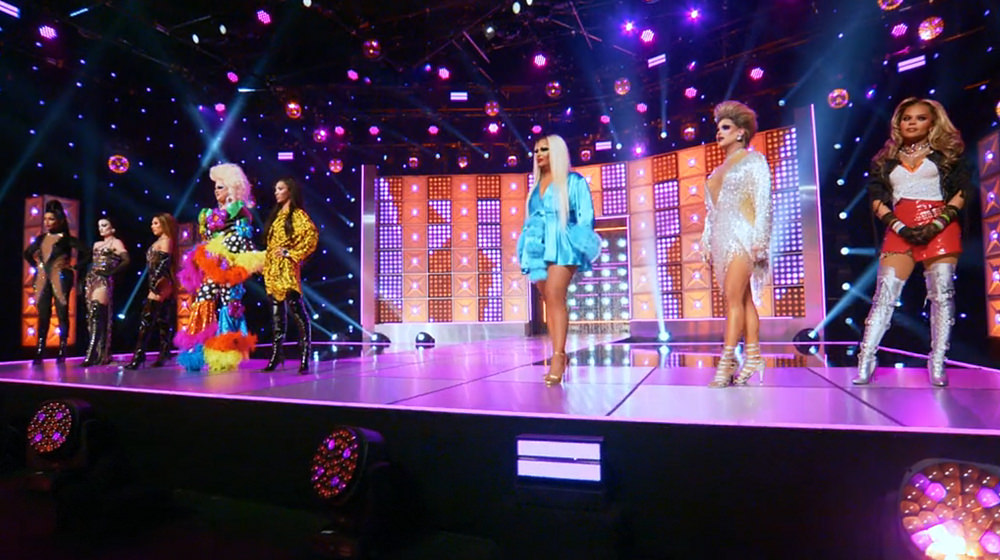
Since this is such an easy episode to recap, we thought we’d teach the children and include a little history lesson on how lip syncing became a drag art, excerpted from our book.
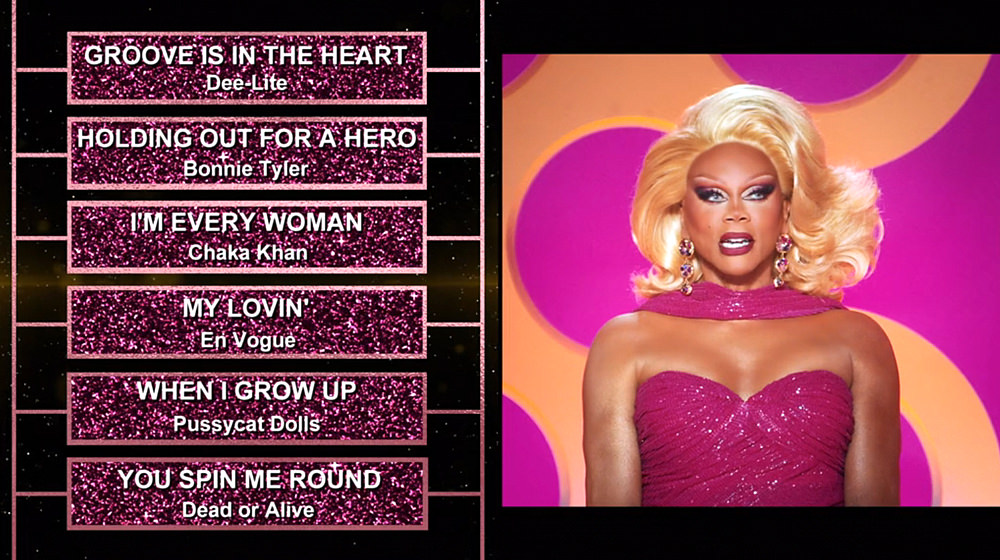
Like so many aspects of queer culture, the roots of lip syncing specifically as a form of drag entertainment are not particularly well-documented. We can tell roughly when the practice started on a professional level. If nothing else, we have the development of sound recording and its climb toward ubiquity to give us a rough guide. And there are reasons of money, harassment and bigotry that can be highlighted as the cause of lip-syncing’s prominence in the drag oeuvre. This isn’t exactly surprising since so much of 20th Century pre-Stonewall queer culture developed in the away spaces and undergrounds of America – and there were no historians on hand to record most of it.
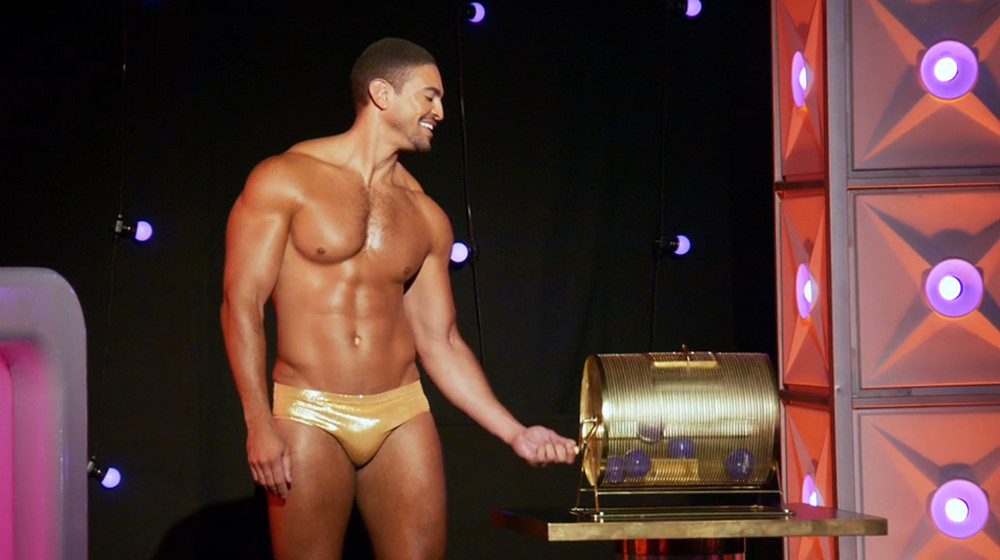
For most of the early to mid 20th Century, public cross-dressing was against the law in one form or another and varied from county to county, metro area to metro area, making the working life of a traveling drag queen a never-ending litany of stressful situations. Working queens and their establishments had to figure out ways around the police raids and harassment. They didn’t always succeed, of course, and plenty of drag queens and performing transgender women had police records for plying their trade or living their truths. A result of this constant threat to establishments that hosted drag shows was a collective reluctance on the part of many musicians to play such venues.
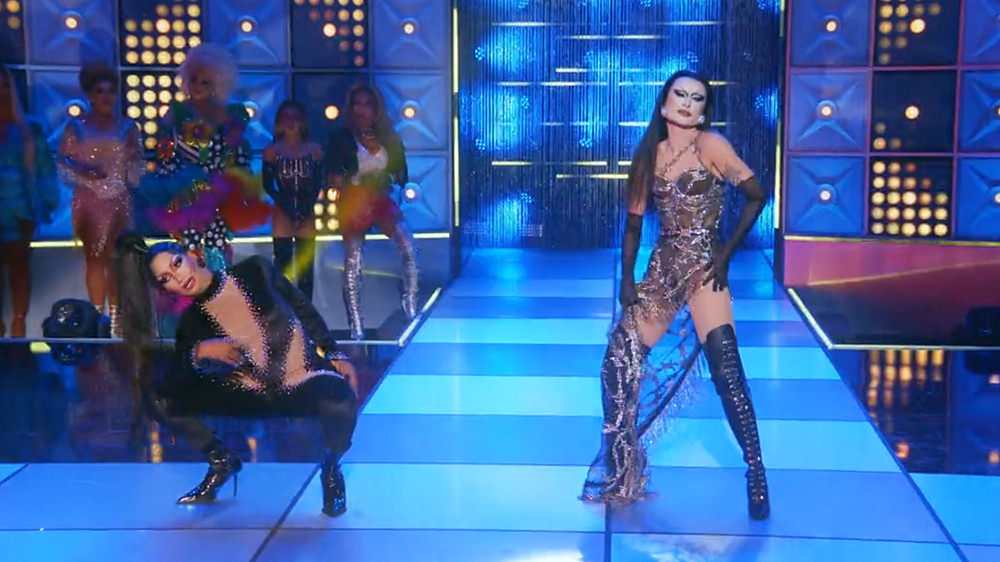
In 1956, Seattle’s legendary Garden of Allah, often cited as the first openly gay-owned establishment for gay customers, had to close after many years of providing the best in drag entertainment because the local musicians guild started charging more and more expensive rates to play there, eventually exerting enough economic pressure on the club to ultimately shut it down. It was in this atmosphere that lip-syncing acts became much more prominent in the drag world. Lip-syncing, like so many queer forms of art and expression, arose directly out of and in response to oppression, bigotry and harassment.
Gottmik’s ball was picked first, she picked Angeria, who went on to pick En Vogue’s “Never Gonna Get It.” Poor Gottmik got bodied. Having said that, her costume was gorgeous and Angeria’s was so ugly and unflattering that we have no idea what she was thinking wearing it.
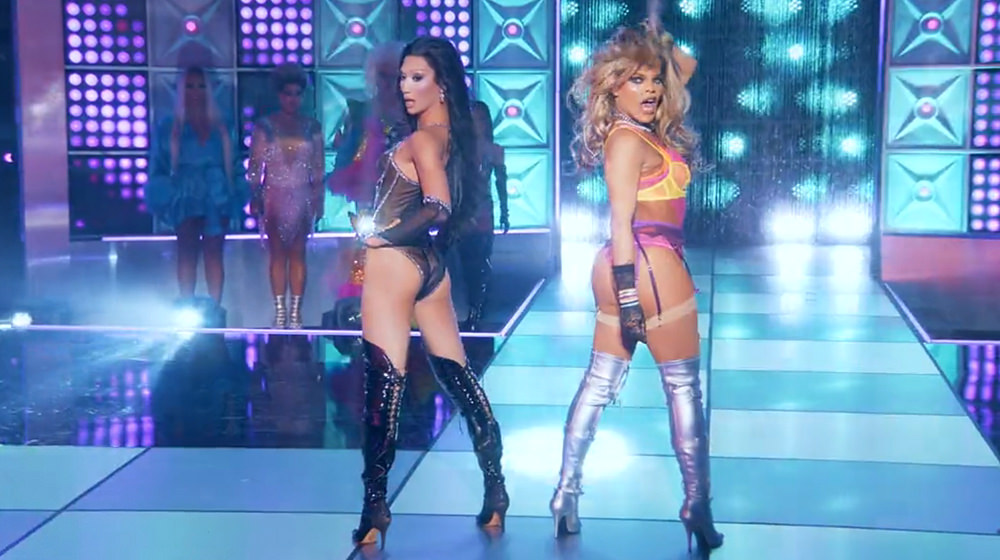
For many years, “record acts” were seen as the lowest, most amateur form of drag there is. Queens who spent years perfecting their female vocalization skills sneered at lip sync acts for having no talent and artistry and faking the effect without working for it. This wasn’t mere drag classism on display – although it’s safe to say that’s part of it. Lip-syncing’s sharp rise in the late 1950s brought about a drastic change in the world of drag, allowing for many performers with little or no training in performing arts to take the stage and fake their hearts out.
It was the battle of the asses as Vanjie and Plastique faced off to “When I Grow Up” by the Pussycat Dolls. Vanjie won handily, of course. The problem with Plastique’s lip syncs is that she never seems to truly connect with the song. She always looks like she’s working. We continue to maintain that Vanjie would make a great stylist, because her looks are all really cute and well put together.
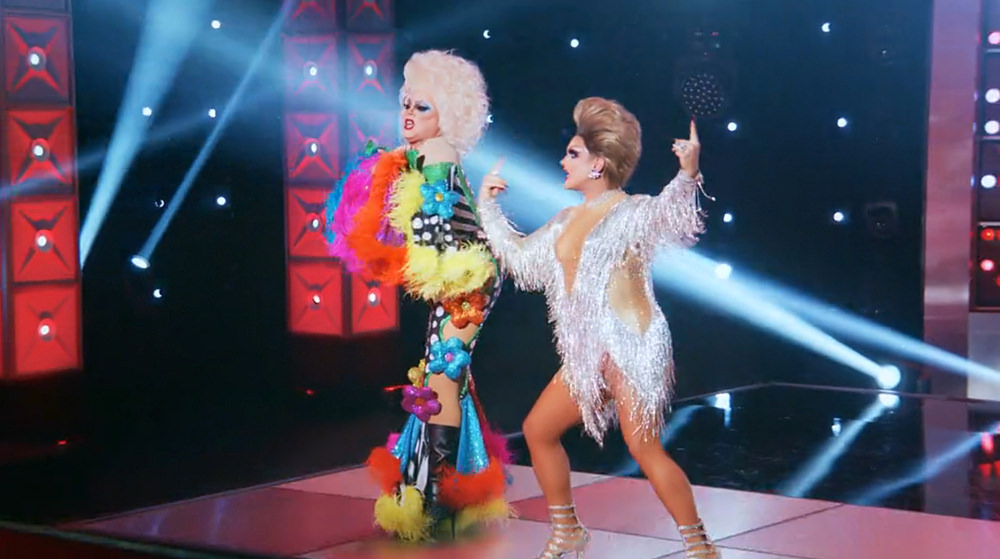
In 1967, a well-known drag queen known as Pudgy Roberts wrote The Female Impersonator’s Handbook, where the ol’ gal had a few things to impart on the matter of “comic pantomiming” that tend to reveal the thinking of the time vis a vis lip syncing:
“Within the field of pantomime, there has sprung into some prominence a type of comedian known as the record comic. (Lately, this is also being done with the glamorous type impersonators, but should, by professional standards, be only for comedy.) As the name implies, phonograph or taped recordings form the basis of his work. A popular comical recording is played offstage while the impersonator silently mouths the lyrics, accompanying them with a pantomime burlesquing of their meaning. This may be a satisfactory means by which a budding comic may make his first venture. However, it should not continue into his professional career as live entertaining puts him in the professional bracket.”
The old school divas faced off with the old school “You Spin Me Right Round.” Shannel was good, but she benefitted from Nina, who’s always kind of a mess in her lip syncs. Too much flailing, costumes that don’t lend themselves to the work.

But even before musicians guilds and the cops made it harder to mount live drag shows in more glamourous big city venues, the tiny underground gay bars or queer house parties in a small town somewhere in the first half of the 20th Century weren’t going to be providing their local drag artisans any musical accompaniment even if they wanted it. Putting on a record – or playing a jukebox – was sometimes all that a gay bar or watering hole could offer a queen intent on lip-syncing her way to scattered applause. For this reason alone, we think it’s fair to say that some form of drag lip-syncing was happening in tiny gay bars or far-from-the-city queer gathering spaces with little to no options for live entertainment well before the rise of the practice professionally by the late ‘50s and early ‘60s.
Roxxxy faced off against Jorgeous for the lip sync assassin showdown of the season.”I Need a Hero” by Bonnie Tyler was way more suited to Roxxxy’s style of drag. Jorgeous is amazing to watch on that stage, but Roxxxy really knows how to deliver an emotional performance like a chanteuse. She commands the stage, even with someone flipping and dipping all over it.

House parties were common queer gathering spaces from the Victorian era straight through to Stonewall and they were frequently the only places queer folks could express themselves in their communities. There isn’t exactly a ton of material left that documents these common social gatherings – everyone attending was breaking the law in one form or another – but private photographic stashes over the years have consistently shown a strong drag element in queer house parties.
Shannel and Vanjie faced off to “I’m Every Woman” by Chaka Khan. We think the judging on this could have gone either way, but Ru was clearly feeling her old school girls this week and gave the win to Shannel.
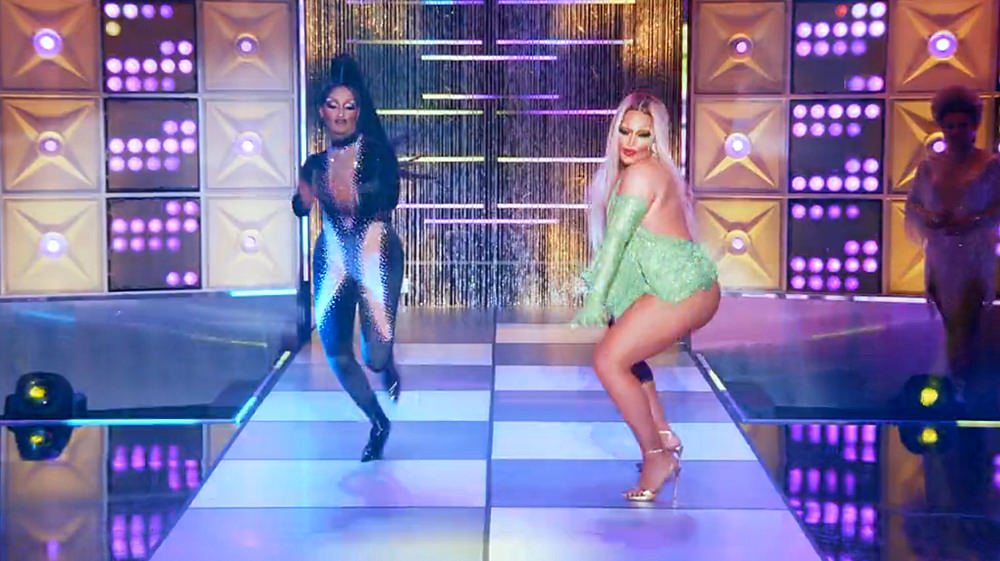
Since there’s really no point in having a house party without a record player to keep the crowd jumping (live music might get the police called in for noise violations), that combination of elements – a loose and safe space with drag queens, assorted queer folks, music, alcohol and possibly party drugs – means there were probably plenty of drag queens lip-syncing to applause from their peers going back to the 1930s. They just weren’t professionals or well known outside their social circles. This is conjecture, but ask yourself: have you ever been to a house party where someone didn’t lip sync to the music once the music got good or they got a buzz on?
Angeria and Roxxxy faced off to “Groove is in the Heart” by Dee-Lite and again, this one was over before it started. Not that Angeria gave a bad performance, but Roxxxy’s really good even when she’s not more suited to the song. You hand her something like this and she’s gonna eat it up.
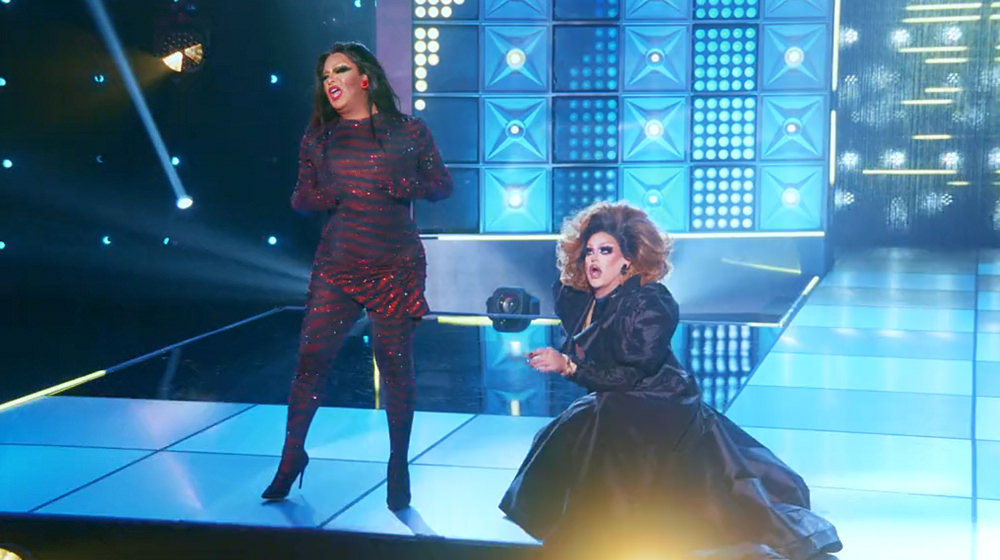
And finally, the two oldest of the old school divas faced off to Ariana Grande’s “Break Free.” As much affection as we have for Shannel, there was no way she was going to win this one. First off, she’s not well suited to the song. Second, she chose the worst costume in which to perform it. The gown was gorgeous but ill-suited for lip syncing and the reveal only made her look worse because the costume underneath was unflattering. Roxxxy looked great and owned that stage.
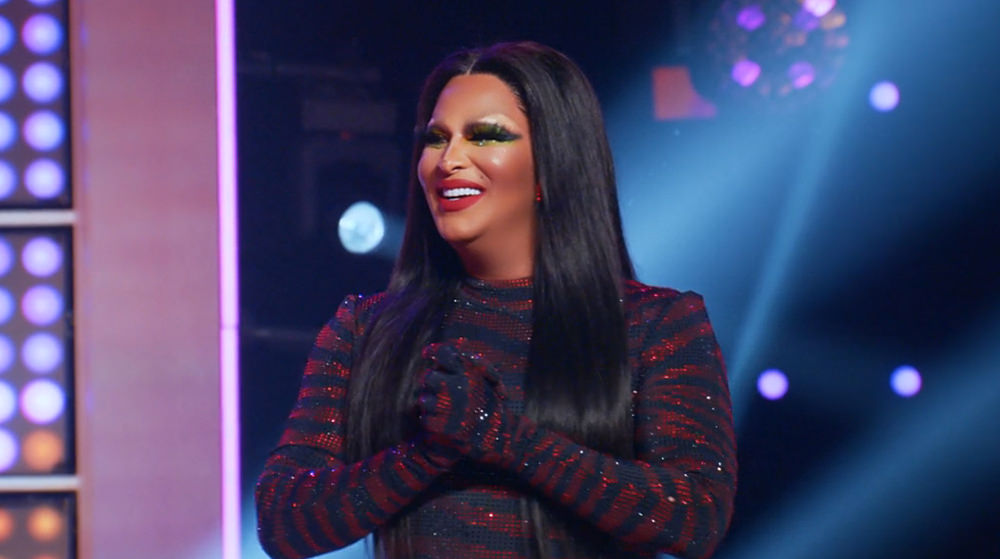
This was probably written in stone before the episode even taped, but we can’t argue with the results. She slayed and she did all of her drag ancestors proud.
Legendary Children: The First Decade of RuPaul’s Drag Race and the Last Century of Queer Life, a New York Times “New and Notable” pick, praised by The Washington Post “because the world needs authenticity in its stories,” and chosen as one of the Best Books of The Year by NPR is on sale wherever fine books are sold! It’s also available in Italian and Spanish language editions, darlings! Because we’re fabulous on an INTERNATIONAL level.
[Photo Credit: Paramount Plus via Tom and Lorenzo, World of Wonder Productions, Inc./Paramount+]
ESPY AWARDS 2024 Red Carpet Rundown Next Post:
Catherine, Princess of Wales in Safiyaa at Wimbledon
Please review our Community Guidelines before posting a comment. Thank you!

